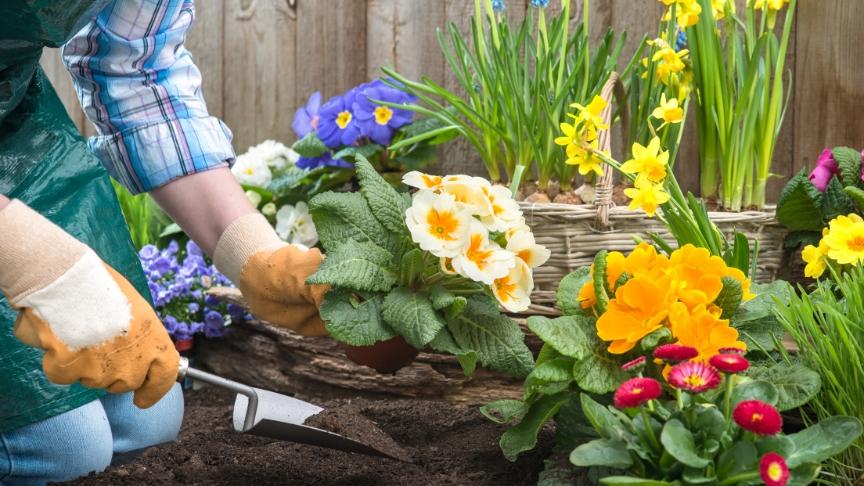Now is the best time of year to prepare your new build garden for the upcoming spring months. Winter is a time of dormancy in your garden where most plants are inactive, giving you the opportunity to make some changes and design your outdoor space in a way that suits you. So to help, this article will provide several tips for preparing your new build garden for spring.
Understanding Your Garden's Potential
Begin by assessing the current condition of your garden. Dormant gardens often come with challenges such as poor soil quality and limited landscaping. Take some time to observe how sunlight moves across your space throughout the day, as this will influence your planting decisions. This will change a little with the seasons, so you may have to make changes when it comes to sorting your garden for summertime. Additionally, consider how you want to use your garden: Do you need areas for children to play, or would you prefer a space for relaxation and entertainment?
Soil Preparation
The soil in dormant gardens can be particularly challenging, often packed down and lacking in nutrients. You’ll likely want to improve your soil by breaking it up with a fork or a tiller to alleviate compaction. Adding organic matter such as compost or well-rotted manure will enrich the soil, improving its structure and fertility. This step is quite important as it provides a healthy foundation for your plants and ensures better growth.
Choosing a Layout
Think about the layout of your garden. Practical elements like pathways, patios, or decking help to define spaces and also determine the flow of your garden. Use strings or hoses to outline these areas before you start digging or building. In terms of design, there are plenty of different ways to go - from minimalism to wildlife-friendly gardens. As before, consider how you want to use this space to help guide its overall layout.
Plant Selection
Select plants that are suitable for your soil type and the amount of sunlight your garden receives. Native plants are a great choice as they are adapted to local conditions and require less water and maintenance. Consider incorporating a mix of perennials, shrubs, and trees to create interest throughout the year.
Implementing Your Design
If you’re planning any hardscaping projects like patios or raised beds, tackle these first. This helps avoid damaging plants and ensures that heavy construction is completed before finer gardening begins. If you’re working on a tight budget, there are a few ways you can help keep costs down here, such as DIY patio furniture or container gardening.
Planting
With your soil prepared and layout planned, you can start planting. Begin with larger plants like trees and shrubs, as they will form the backbone of your garden’s design. Next, fill in with smaller plants and perennials, keeping in mind their growth habits and space requirements.
Ongoing Care and Maintenance
New plants require careful watering. Ensure they receive enough moisture, especially in the weeks after planting, to help them establish. A drip irrigation system can be a great investment, delivering water directly to the roots where it's needed most. Regular feeding with a general-purpose fertiliser will also promote healthy growth.
Mulching
Apply a layer of mulch around your plants to help retain moisture, suppress weeds, and add nutrients as it breaks down. Organic mulches like bark chips or straw serve practical purposes but they can also enhance the aesthetic appeal of your garden when done right.
Getting Ready for Spring
As the season changes, keep an eye on weather forecasts to protect your young garden from late frosts by covering tender plants with fleece. Spring is also the perfect time to install bird feeders and insect houses to encourage wildlife into your garden, adding to its charm and helping with pest control.
Enjoy the Seasons With Your New Build Garden
Preparing a new build garden for spring might require some initial effort, but the rewards are worth it. As your garden begins to grow and flourish, it will become a personal retreat and a haven for local wildlife, providing enjoyment for years to come. If you are currently looking for a new home with a garden to call your own, then our team at Sanctuary is here to help. Please take a look at our developments or contact us today if you have any questions.
